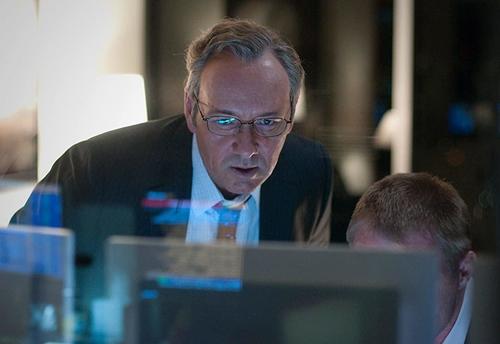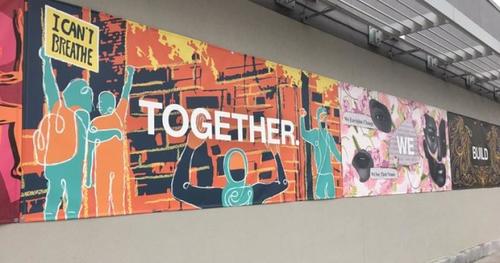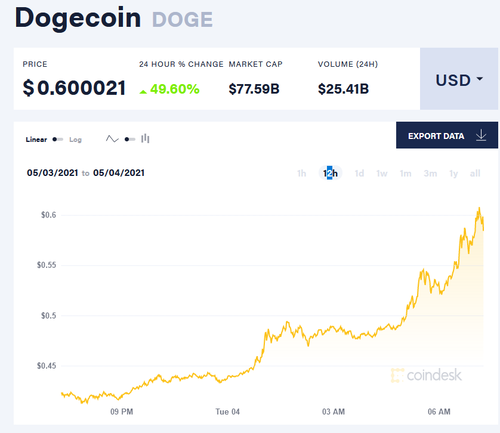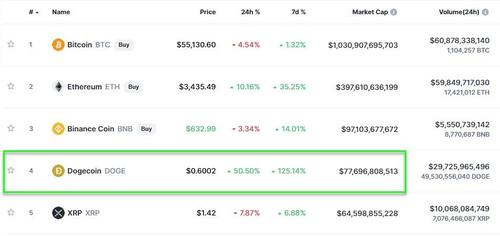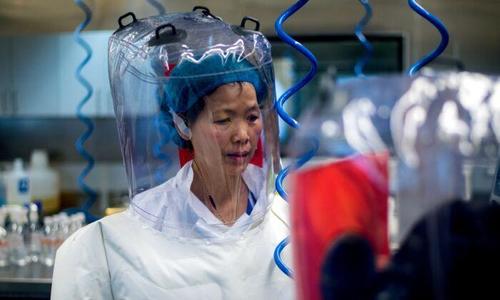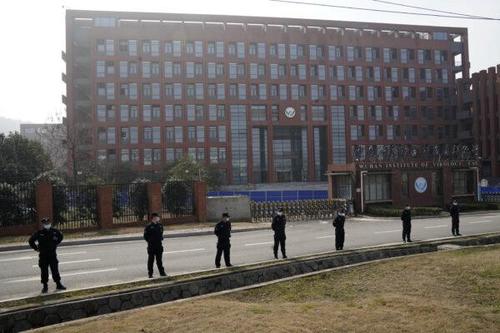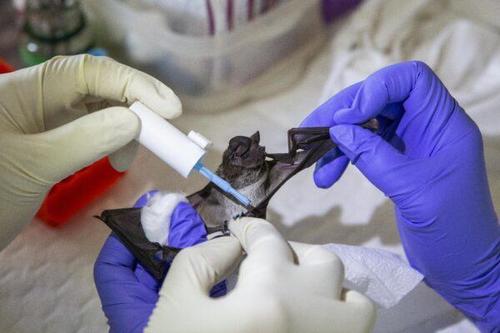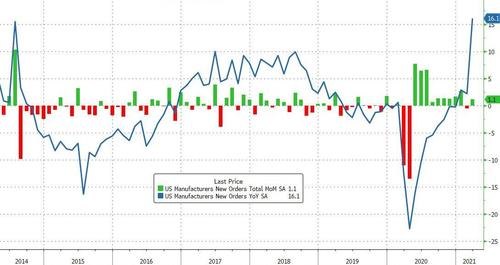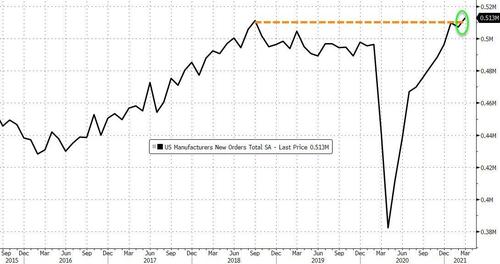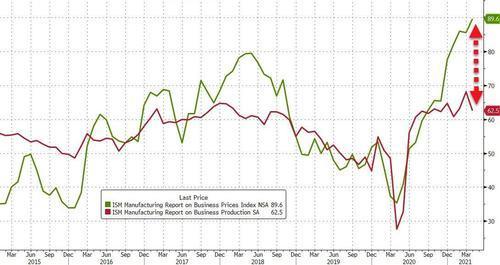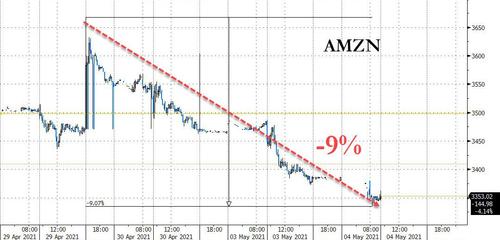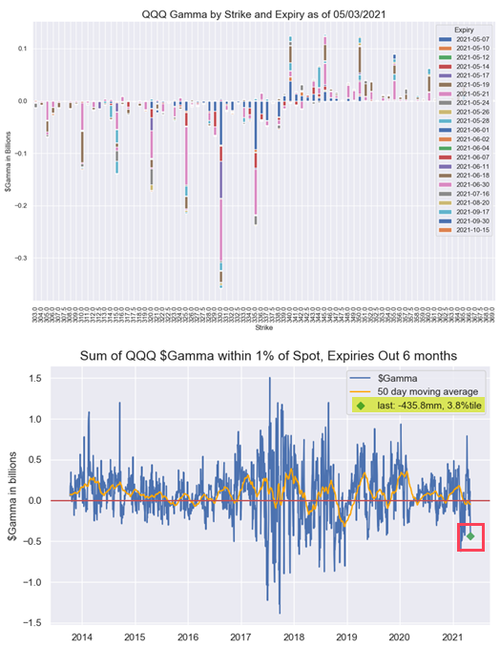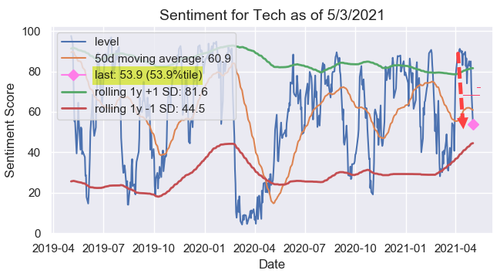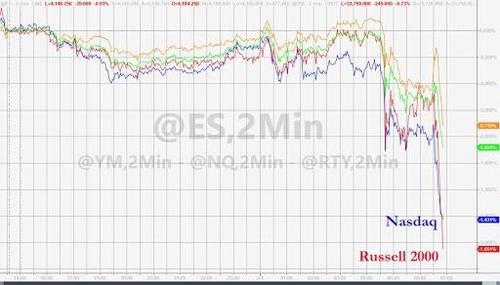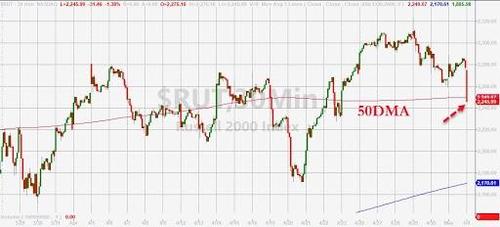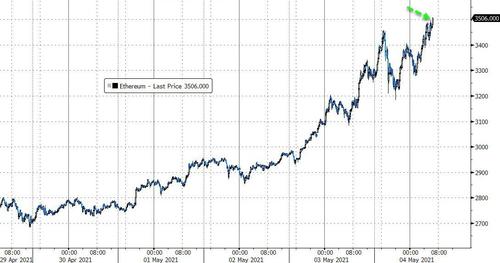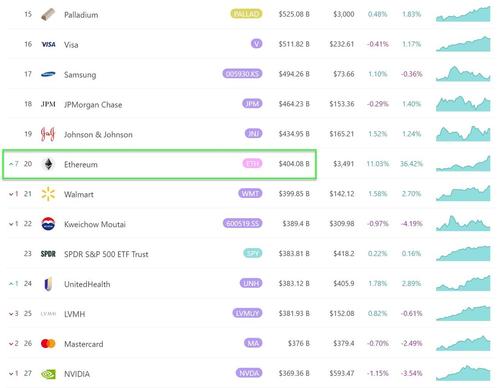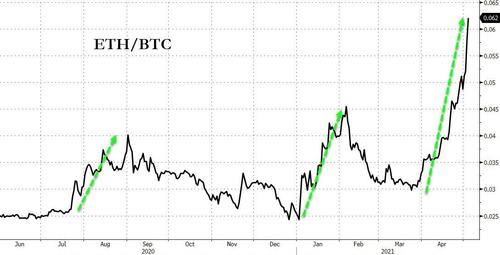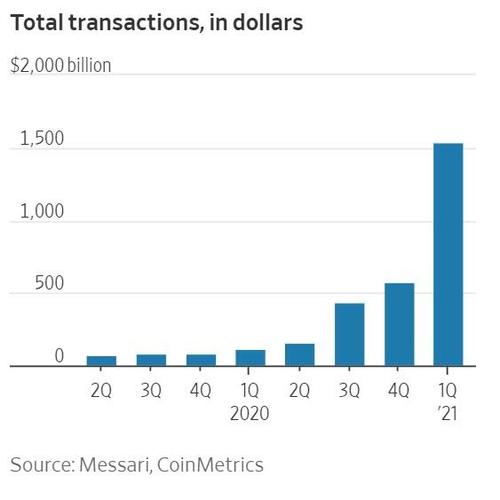$17.5 Million In Revenue And $5.4 Billion In Losses: Archegos Was A 300x-Levered Time Bomb For Credit Suisse
A bank’s prime brokerage unit is supposed to be a safe, reliable and predictable generator of revenue, resulting from modest-margin transactions with a bank’s hedge fund client base. It’s safe because the bank’s risk managers scour the bank’s exposure to various hedge funds, and immediately flag any clients that become too big and a potential source of loss (it’s also “safe” because the bank’s prime brokerage management tends to make far less than the frontline Sales and Trading staff).
That is, at least, the theory. The practice, as the recent Archegos fiasco demonstrated, is anything but.
Case in point, the now infamous Credit Suisse disaster in its dealing with Archegos, which as of this moment have resulted in more than $5.4 billion in losses for the Swiss bank, and which as the FT reported today, resulted in a paltry CHF16 million (US$17.5 million) in revenue last year. In simplistic terms, this means that somehow the funding chain and the leverage Credit Suisse afforded to Archegos resulted in over 300x leverage in the wrong direction!
As the FT notes this morning, the paltry fees Credit Suisse received from Archegos “raises further questions about the risks the lender was prepared to shoulder in pursuit of relationships with ultra-wealthy clients” and adds that “the low level of fees and high risk exposure have caused concern among the board and senior executives, who are investigating the arrangement, according to two people with knowledge of the process.” It has also caused a flood of layoffs and terminations as the bank belatedly looked at its books – the infamous scene from Margin Call comes to mind here…
… and realized just how massive its exposure had been all along, and how nobody had any idea how big the loss would end up being until it was finally booked following the now infamous late-March liquidation frenzy.
As the FT reports, the bank’s management was “particularly alarmed” after it was told that Hwang was not a private banking client of the group, suggesting there was little incentive to pursue his prime brokerage business, which is bizarre considering how much leverage via TRS and CFDs the bank had afforded the relatively obscure family office.
As Risk.net first reported, Credit Suisse demanded a margin of only 10% for the equity swaps it traded with Archegos and allowed the family office 10-times leverage on some transactions. That was about double the leverage offered by fellow prime broker Goldman Sachs, which took minimal losses when unwinding its positions.
And with the horse having long ago fled the barn, on Friday, António Horta-Osório was confirmed as the chair of Credit Suisse and promised an urgent review of the bank’s risk management, strategy and culture. Which is great, the question is i) why this wasn’t done years ago, and ii) what kind of risk controls – if any – does Credit Suisse actually have on a client by client basis.
“Current and potential risks of Credit Suisse need to be a matter of immediate and close scrutiny,” said the former Lloyds Banking Group chief executive. “I firmly believe that any banker should be at heart a risk manager.”
To be sure, “action was taken” (even if confidence has yet to be restored) and Credit Suisse’s board already removed several senior executives, including chief risk and compliance officer, Lara Warner, and investment bank head, Brian Chin. Andreas Gottschling, who led the board’s risk committee, was forced to step down last week in expectation of a shareholder backlash. The two heads of the prime division have also stepped down.
CEO Thomas Gottstein also announced it will cut a third of its exposure in its prime services business, leading to even less revenue at a time when the bank just raised $1.9BN from shareholder to close the Archegos inflicted funding gap.
And while Credit Suisse does not disclose the amount of money it makes from its prime services division, JPMorgan analyst Kian Abouhossein estimated the unit made $900MM of revenues last year, just over a third of the total from its equities business. It means that the Archegos fiasco not only led to a total wipeout on a 300x levered position, but it will lead to a revenue plunge of more than half a billion dollars going forward as the bank finally purges other risky PB exposure.
Abouhossein said the prime brokerage generated bigger profit margins than other parts of the investment bank. “We see shrinkage as a material setback for the overall long-term viability of Credit Suisse’s investment bank,” he added.
Of course, the big question, as we discussed more than a month ago, is how widespread will the Prime Brokerage deleveraging be and will it hammer other Archegos-wannabes, forcing them to liquidate positions ahead of time. While Credit Suisse is the biggest European provider of prime services, it lags bigly behind global leaders Goldman, Morgan Stanley and JPMorgan. According to the FT, the largest investment banks pulled in $15.2Bn in prime broking revenue last year, slightly less than the $16.5Bn they made in 2019, as hedge funds reduced their borrowing during the pandemic, according to Coalition Greenwich.
Tyler Durden
Tue, 05/04/2021 – 11:00
via ZeroHedge News https://ift.tt/2Rsko0Y Tyler Durden
